





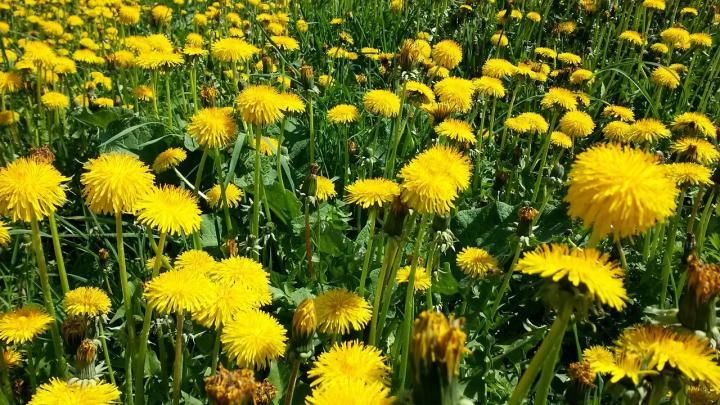
Gardeners curse the ubiquitous dandelion and its pervasive nature. They pop up everywhere in spring and are so hard to get rid of; that darn tap-root goes to China!
It is hard to believe but at one time there were no dandelions in North America. Dandelions originated in Asia Minor and quickly spread throughout Asia and Europe.
Seeds were brought here by the Puritans to plant in their herb gardens and the plants soon escaped, making their way across the country. Since all parts of the plant are edible and rich in vitamins, that is not a bad thing.
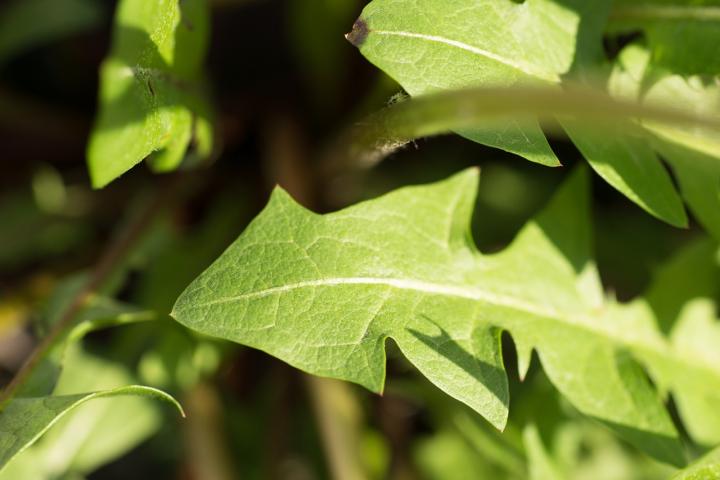
When life gives us lemons we are told to make lemonade but what should we do with too many dandelions? Make dandelion wine, of course, or dandelion jelly! Both will be sweet reminders of spring to enjoy next winter.
Since dandelions are closely related to those bitter epicurean greens endive, chicory, escarole, and radicchio, you could harvest the free, rampant growing dandelion greens and put them to good use.
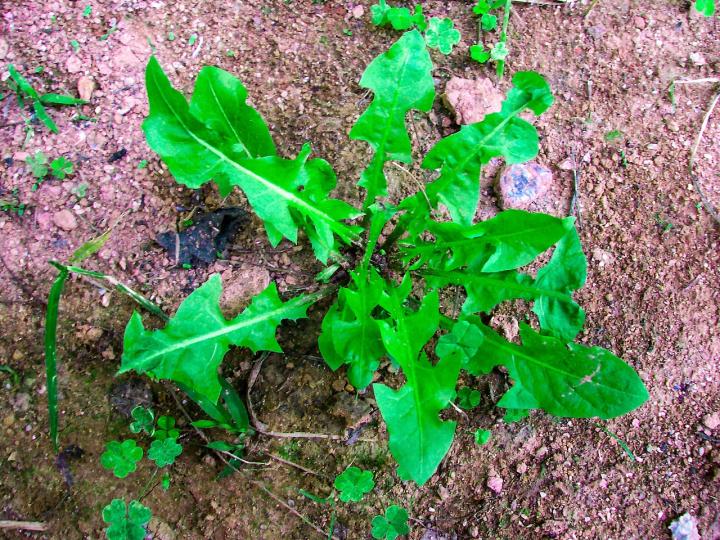
During the first year of growth the plant produces only leaves while growing a large sustaining root. It will blossom the next year producing many flowers in rapid succession.
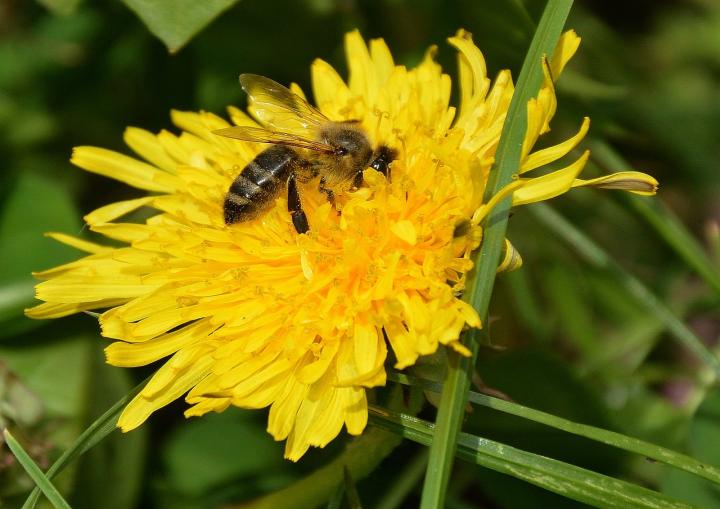
If you get out your magnifying glass and look closely you’ll see that each petal is made from five fused petals. The protective green brachts fold up around the flowers at night or on cloudy, cool, or rainy days. The more sun the plant receives the more deeply notched the leaf edges will be. Dandelions are self-pollinating so every seed is capable of producing an exact copy of the parent plant.
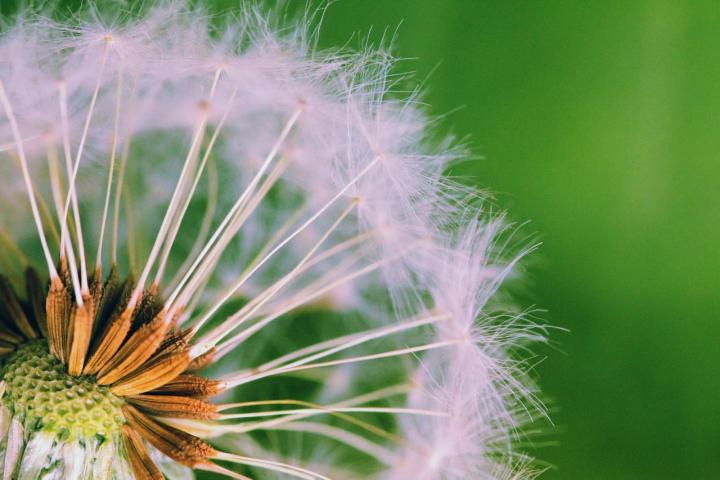
The seeds are called “akenes”, the white fluff is called “pappus”, and the stem connecting the two is the beak. While the seeds are maturing the flower stalk lengthens making the dandelion puff more accessible to passing breezes.
You can curse dandelions all you want but, what is now considered a noxious weed, fed and healed us for thousands of years. Every part of this plant is edible!
Try your hand at making some dandelion wine and raise your glass in a salute to spring.
For other greens to use in your cuisine, see the Leafy Greens: Health Benefits page.
~ By Robin SweetserGet inspired by Robin Sweetser's backyard gardening tips. Robin has been a contributor to The Old Farmer's Almanac and the All-Seasons Garden Guide for many years. She and her partner Tom have a small greenhouse business and also sell plants, cut flowers, and vegetables at their local Farmer's Market.
Health Benefits Of Garden Plants And Garden Styles
A few of health benefits of the fresh Bach flowers.
Five Hammock Health Benefits You Didnt Know
The Health Benefits of Frequent Carpet & Upholstery Cleaning
Aesthetics and Health Benefits of Homedics Rock Garden Fountain
Copyright © www.100flowers.win Botanic Garden All Rights Reserved